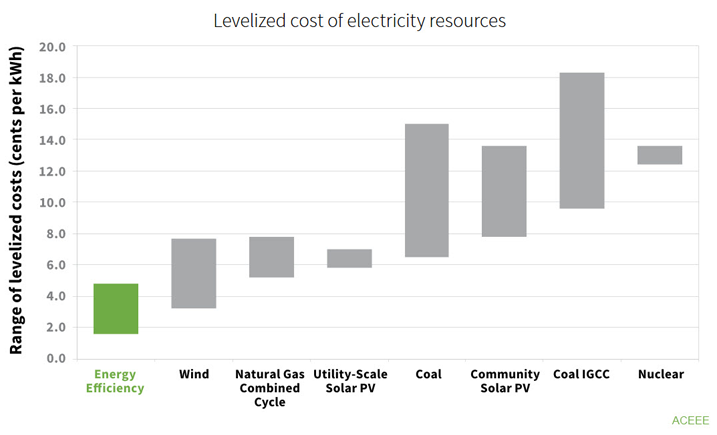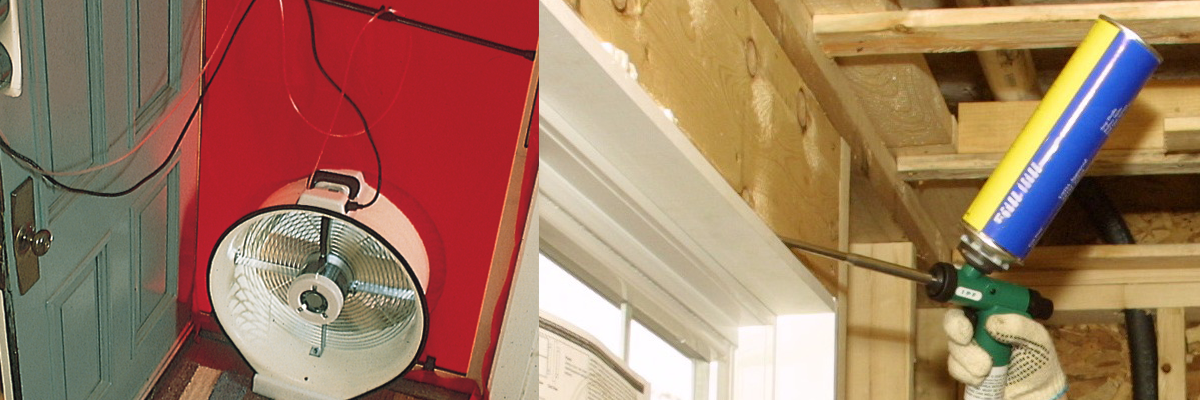by Rachel Ehrman
The Clean Energy Standard (CES) is an exciting step forward for New York to achieve ambitious clean energy goals. The mandate, adopted by the state’s Public Service Commission (PSC) in August, requires 50 percent of New York’s electricity to come from renewable energy sources by 2030. An aggressive phase-in will occur over several years.
During the initial CES phase, utilities and other energy suppliers must procure and integrate new renewable resources starting with 26.31 percent of the state’s total electricity load in 2017. This will grow to 30.54 percent of the statewide total by 2021. The CES comes with an aggressive greenhouse gas reduction mandate: by 2030, carbon emissions must dip 40 percent below 1990 levels.[i]
What’s Missing?
The CES sends a clear message that New York is deeply committed to combatting climate change through aggressive clean energy implementation. However, one crucial component to the success and financial feasibility of meeting these mandates is absent: meaningful statewide energy efficiency standards. The CES includes assumptions about how much energy efficiency will have been achieved by 2030, amounting to approximately 0.45 percent of retail sales. This level of energy efficiency is significantly lower than historic statewide savings – so low, in fact, that it would require no innovation or utility intervention beyond the required Efficiency Transition Implementation Plans (ETIPs). Yet utilities in New York understand that energy efficiency is a significant player in the state’s clean energy mix. In fact, National Grid (D/B/A Niagara Mohawk in New York) originally proposed savings targets 34 and 53 percent higher for 2017 and 2018, respectively, than the ETIP targets ultimately approved by the PSC earlier in 2016[ii]. In another example, Con Ed proposed savings targets 0.6 percent above the PSC-approved ETIP target for 2017 and 2018[iii].
The Value of Utility-Driven Efficiency
Energy efficiency (EE) is the third largest electricity resource in the nation[iv], delivers average annual household savings of $460 per year, reduces energy burdens for low-income households, has avoided the necessity for 313 large power plants since 1990, and offers at least 200 percent ROI. Utility EE programs cost about 2 to 5 cents per kWh — one-half to one-quarter the cost of other options. Every dollar invested in utility energy efficiency programs produces, on average, more than $2 to $4 in benefits for all its customers, says the American Council for an Energy Efficient Economy (ACEEE):

According to ACEEE, AEE and other organizations, EE is the largest segment of the clean energy economy, with $64 billion in annual revenue and 50% growth over the past five years. Energy efficiency reenergizes the US workforce by creating high-quality, permanent jobs.[v] The value of EE also extends far beyond its obvious economic benefits: EE is proven to result in numerous health benefits.[vi] In addition, lower monthly utility fees leave more cash in customers’ wallets that can pump up local economies. And utility infrastructure investments can be reined in. It should come as no surprise that utilities with high savings targets consistently produce far greater net benefits than net costs, as shown in a paper by Synapse Energy Economics.[vii]
Moving Ahead
By reaching for more ambitious EE targets in New York, National Grid and Con Ed showed that it is realistic for utilities to set and achieve higher EE savings targets than called for by the PSC. The two utilities support a proven way to achieve a cleaner grid at minimal cost to ratepayers.
In September, a new possible path emerged for EE in a settlement agreement of Con Ed’s rate case. Though yet to be approved by the PSC, the agreement commits Con Ed to $99M over three years for EE programs. Between efficiency measures and peak reductions, Con Ed is striving to save 178 GWh the first year, 270 GWh the second year, and 391 GWh the third year.[viii] This sets a precedent in New York for funding EE through rate cases, instead of through a System Benefit Charge. As Politico explains, “if the utility achieves certain benchmarks, it can recover some of the lost revenue from customers, providing incentives for reduced energy use without cannibalizing its own revenue streams.”[ix] Helping to break the deadlock over efficiency targets, this solution will also likely enable New York to achieve the CES 50×30 mandate.[x] If approved, the agreement will make EE a valuable part of the utilities’ core business – a concept closely aligned with the overarching Reforming the Energy Vision (REV) Proceeding.
Given recent election results, innovative market-based initiatives and progressive state-level action will be increasingly important to fully realize EE’s full potential. We applaud New York, through its REV Proceeding, for its efforts to drive innovation through market animation and for rethinking the role of utilities as we move toward an energy sector with a multitude of market actors. We encourage other states to follow New York’s lead, and for utilities to be inspired by National Grid and Con Ed to continue to aim higher. Using EE more fully will help create a more resilient, reliable, and cleaner grid.
–Rachel Ehrman is a Policy Associate at E4TheFuture.
[i] NY Public Service Commission Order Adopting a Clean Energy Standard (CES).
[ii] The ETIPs were approved in the NY Public Service Commission Order Authorizing Utility-Administered Energy Efficiency Portfolio Budgets and Targets for 2016-2018.
[iii] Order Authorizing Utility-administered Energy Efficiency Portfolio Budgets and Targets for 2016-2018 (ETIP Order).
[iv] As of 2015, coal and natural gas were the largest and second largest, respectively.
[v] The Greatest Energy Story You Haven’t Heard: How Investing in Energy Efficiency Changed the US Power Sector and Gave Us a Tool to Tackle Climate Change, American Council for an Energy Efficient Economy.
[vi] Occupant Health Benefits of Residential Energy Efficiency Work, Tohn Environmental Strategies, The National Center for Healthy Housing, Three³.
[vii] Aiming Higher: Realizing the Full Potential of Cost-Effective Energy Efficiency in New York, Synapse Energy Economics.
[viii] NY Public Service Commission Proceeding on Motion of the Commission as to the Rates, Charges, Rules and Regulations of Consolidated Edison Company of New York, Inc. for Electric Service.
[ix] Con Ed rate case reflects state’s aspirational energy grid, Politico.
[x] Con Edison Commits to Significant New Efficiency Programs, National Resources Defense Council.
